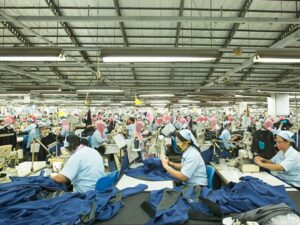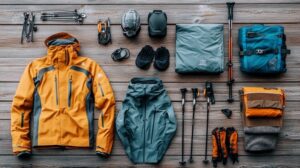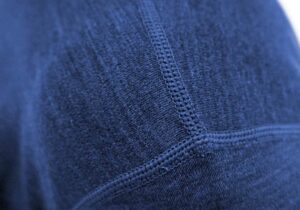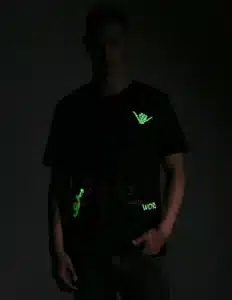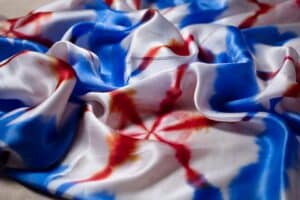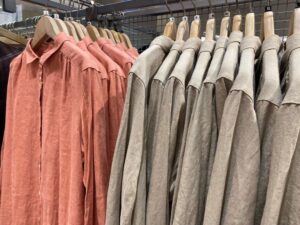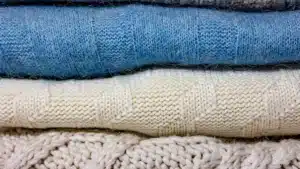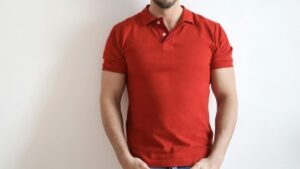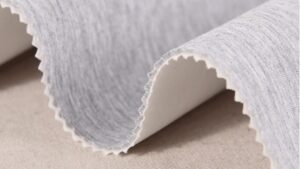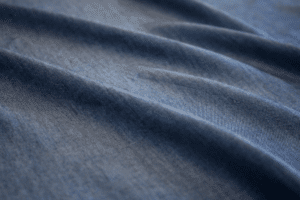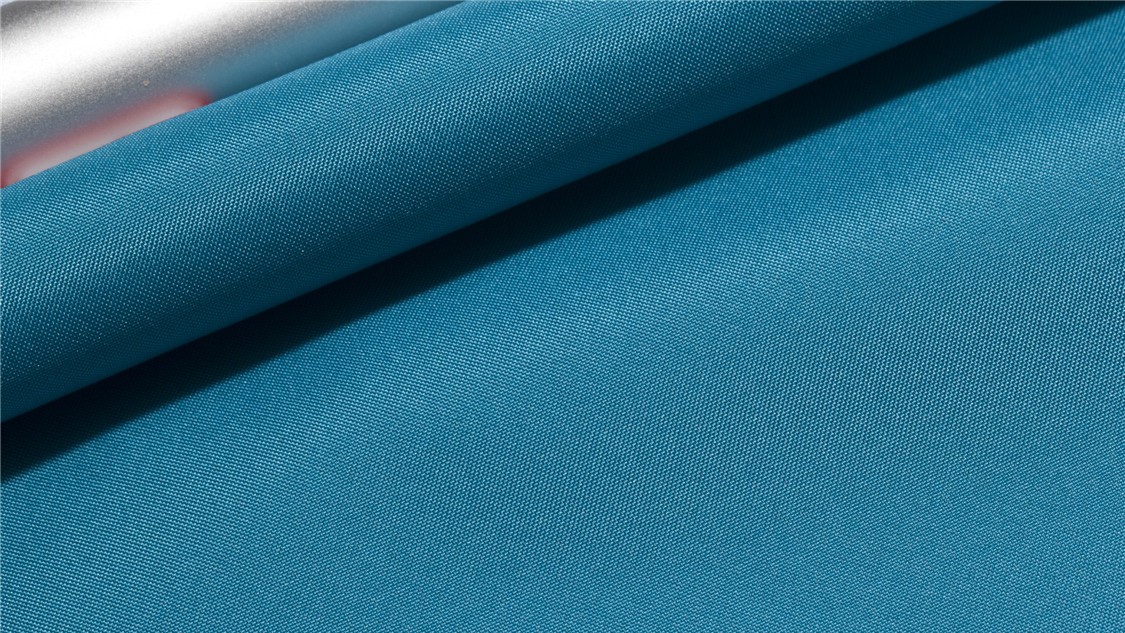
Oxford fabric is strong and useful. It is popular in fashion, outdoor gear, and home décor. Its special weave makes it tough and flexible. You can see it in backpacks, car seats, and more.
In Chinese, we call Oxford fabric as 牛津布(niú jīn bù).
Oxford fabric is important for many reasons:
It is tough and lasts long because of its high thread strength, like 600D. This makes it great for heavy use.
It is often made of polyester or nylon, which makes it hard to damage and long-lasting.
Many industries, like car-making and outdoor gear, use it because it is strong and looks good.
Learning about the types of Oxford fabric helps you pick the right one. You can choose based on strength, water resistance, or lightness.
Key Takeaways
Oxford fabric is tough and long-lasting, great for bags and outdoor stuff.
Pick the right denier: lower (210D-420D) works for light items, higher (600D-1000D) is for heavy-duty things.
Water resistance depends on coating: PU-coated fabric breathes and handles light rain, PVC-coated fabric is fully waterproof for harsh weather.
Take care of Oxford fabric to make it last: clean softly, keep it dry, and fix small tears fast to keep it strong.
Think about your project when choosing Oxford fabric: light ones are easy to carry, heavy ones are stronger, and coatings help with weather.
Types of Oxford Fabric
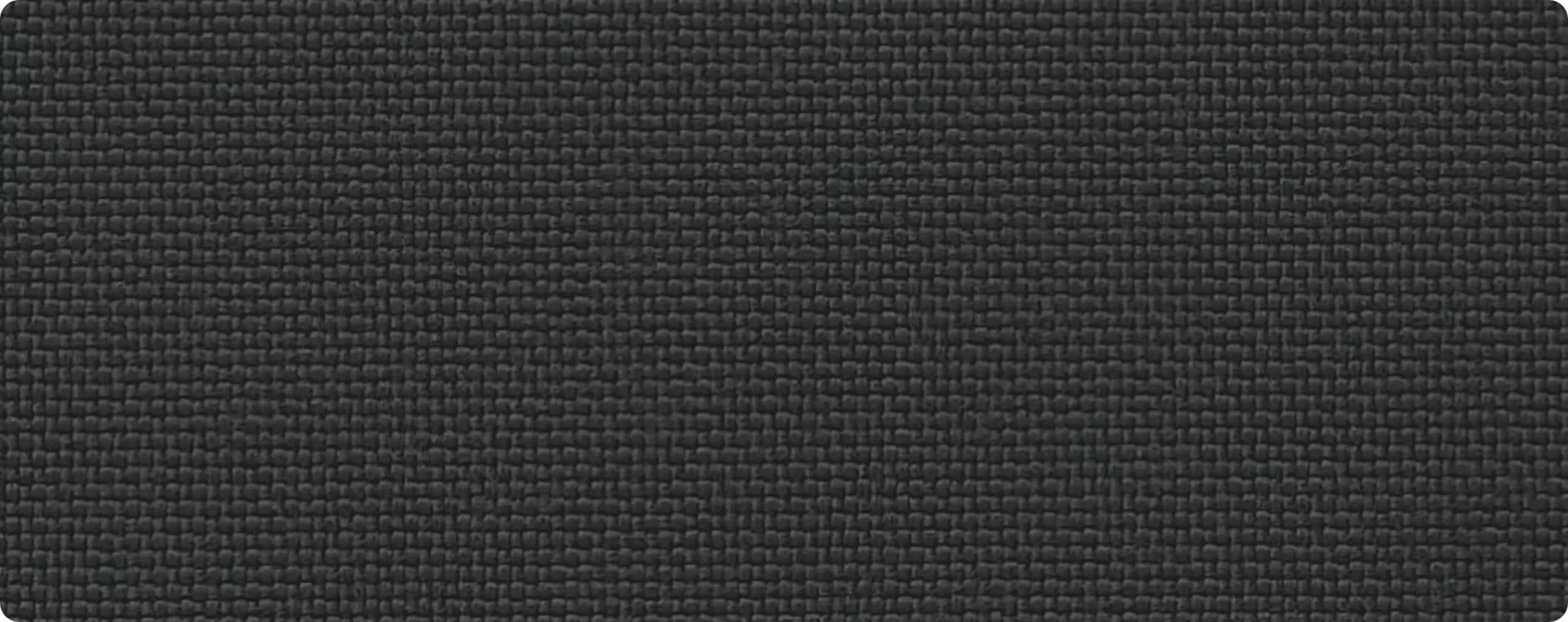
210D Oxford fabric
If you need a light but strong fabric, 210D Oxford is great. It is made from polyester and has a PU coating. This coating helps it resist water better. With a density of 210D and weight of 110gsm, it is easy to use. People often use it for tents, raincoats, and light bags.
Tests show 210D Oxford works well in bad weather. It resists water and chemicals, making it good for outdoor use.
420D Oxford fabric
420D Oxford fabric is stronger and thicker than 210D. It is a good mix of strength and lightness. This fabric is used for backpacks, luggage, and covers. It is tough enough to handle daily use without looking worn out.
600D Oxford fabric
For heavy-duty needs, 600D Oxford fabric is the best. It has a thick weave and high thread count, making it very strong. You can find it in heavy backpacks, furniture covers, and industrial items.
Even though it is tough, 600D Oxford is still flexible. It resists water well and handles rough conditions. This makes it perfect for outdoor and industrial products. It lasts long, even with frequent use.
1000D Oxford fabric
If you need very strong fabric, choose 1000D Oxford fabric. It has a tight weave and many threads, making it super tough. This fabric is used for military gear, industrial covers, and strong backpacks. It works well in rough and demanding places.
Even though it is strong, 1000D Oxford fabric is still bendable. It is great for items needing both strength and flexibility. It also resists scratches, so it lasts a long time. If you need fabric for tough conditions, this is a great pick.
PU-coated Oxford fabric
PU-coated Oxford fabric is special because it protects well. The polyurethane (PU) layer makes it stronger and more useful. This fabric is perfect for outdoor and heavy-duty items.
Here’s why PU-coated Oxford fabric is a smart choice:
Durability: The polyester base makes it tougher than cotton.
Waterproofness: The PU layer keeps water out, even under 3000 mm pressure.
Breathability: It blocks water but still lets air through, staying comfy.
You’ll see PU-coated Oxford fabric in raincoats, tents, and covers. Its mix of strength and weatherproofing makes it useful for many things.
PVC-coated Oxford fabric
PVC-coated Oxford fabric is another strong and waterproof option. The polyvinyl chloride (PVC) layer makes it very durable and water-resistant. It is great for outdoor and industrial uses.
This fabric is often used for tarps, awnings, and furniture covers. It handles bad weather like rain and sun well. Its surface is easy to clean, which makes it handy.
If you need fabric that protects against weather, pick PVC-coated Oxford fabric. It is strong and lasts a long time, even in tough conditions.
Features of Oxford Fabric
Durability and strength
Oxford fabric is very strong and lasts a long time. Its tight weave and many threads make it hard to damage. For example:
600D Oxford fabric is tough and great for backpacks or covers.
Tests like ASTM D2261 show it resists tearing well.
Coatings like PU or PVC make it stronger and water-resistant.
Military-grade Oxford fabric is often over 400D, making it extra tough. Fabrics with more binding points resist wear and stay firm. These features make Oxford fabric useful for many things.
Water resistance and weatherproofing
Oxford fabric keeps water out, making it great for outdoor items. Tests show it repels water well, even in heavy rain. PU-coated Oxford can handle water pressure up to 3000 mm, keeping tents and raincoats dry.
Washing can reduce water resistance, depending on the fabric's finish. Even so, Oxford fabric is still a top pick for weatherproof items. It combines water resistance with letting air through.
Texture and appearance
Oxford fabric has a special look and feel. It is smooth but slightly rough, fitting both casual and formal uses. People now want eco-friendly and stylish fabrics, leading to new designs in Oxford fabric.
Feature | Description |
|---|---|
Sustainability | More organic and recycled materials are being used. |
Comfort | New tech makes it breathable and wicks away moisture. |
Aesthetic Appeal | Popular in athleisure wear for its stylish look. |
Oxford fabric works for outdoor gear and fashion. It is both strong and stylish.
Lightweight vs. Heavyweight Options
Oxford fabric comes in light and heavy types. Each works for different needs. Pick one based on how you’ll use it.
Lightweight Oxford Fabric
Lightweight fabrics, like 210D or 420D, are easy to carry. They are light but still strong. These fabrics are used in raincoats, tents, and small bags. Their low weight makes them great for portable items. Even though they are light, they last a long time. They resist damage and wear very well.
Heavyweight Oxford Fabric
Heavyweight fabrics, such as 600D or 1000D, are very strong. They are thicker and made for tough jobs. You’ll see them in military gear, furniture covers, and industrial items. These fabrics handle rough use and bad conditions. They are heavier but very reliable for hard tasks.
Tip: Think about your project’s needs. Lightweight fabrics are good for carrying. Heavyweight fabrics are better for strength and protection.
Feature | Lightweight Fabric | Heavyweight Fabric |
|---|---|---|
Weight | Light and simple to move | Heavy and very strong |
Durability | Strong but thinner | Super tough and thick |
Best Uses | Tents, raincoats, bags | Backpacks, covers, gear |
When choosing, think about weight and strength. Lightweight fabrics are easier to use. Heavyweight ones are best for tough jobs.
Practical Uses of Oxford Fabric
Bags and Backpacks
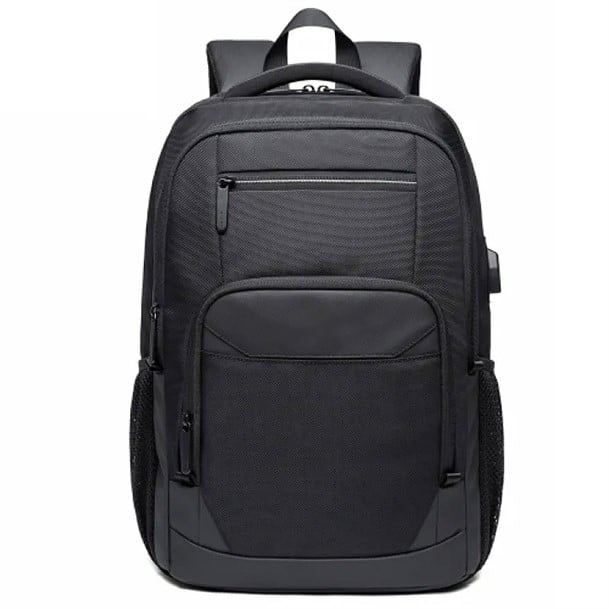
Oxford fabric is great for making bags and backpacks. It is strong and lasts a long time, even with daily use. Its waterproof feature keeps your things dry, which is perfect for school, gym, or hiking bags. The bright colors of the fabric also make the bags look nice.
Bag makers like oxford fabric because it is cheap and easy to use. This helps them make good-quality bags at a low cost. The fabric is also stain-resistant, so cleaning is simple. Dirt doesn’t stick much, and you can wipe it clean with a damp cloth.
Why Choose Oxford Fabric for Bags?
Strong but lightweight
Waterproof and easy to clean
Comes in many colors
Luggage and Travel Gear
Oxford fabric is perfect for luggage and travel gear because it is tough. It can handle heavy weight and rough treatment without breaking. The fabric also resists damage from chemicals like acids, making it great for long trips.
Another benefit is that oxford fabric dries fast. This is helpful in wet or humid places. Whether you’re traveling in rainy weather or tropical areas, your luggage stays dry and fresh. Its durability means your travel gear will last for years, even with frequent use.
Feature | Benefit |
|---|---|
Chemical Resistance | Stays strong against acids and harsh chemicals. |
Quick Drying | Dries fast, keeping your luggage dry in wet conditions. |
Long-lasting Durability | Handles heavy use and impacts, making it ideal for travel. |
Tents and Outdoor Gear
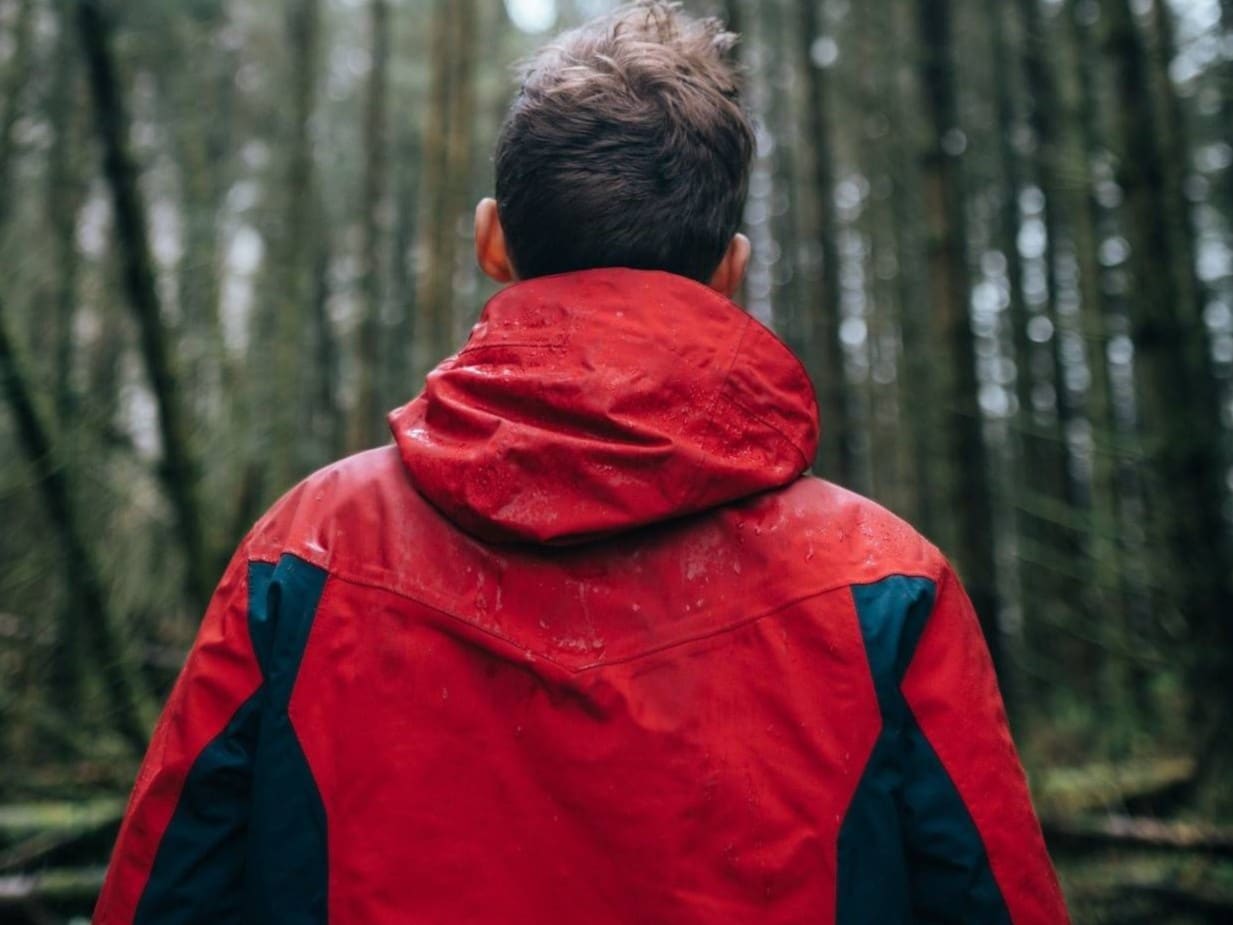
Oxford fabric works well for tents and outdoor gear, even in bad weather. It has a waterproof rating of PU3000mm, so it keeps you dry in heavy rain. Its windproof design, paired with sturdy poles, makes it stable in strong winds.
The fabric is also tear-resistant, which is great for rough outdoor use. Whether camping in the mountains or setting up a canopy, oxford fabric performs well. It can handle snow, rain, and other tough conditions, keeping you safe and comfortable outdoors.
Top Features for Outdoor Gear:
Fully waterproof and windproof
Tear-resistant for long-lasting use
Works well in cold seasons like autumn and winter
Tip: Pick outdoor gear made with oxford fabric for better durability and weather protection.
Upholstery and home décor
Oxford fabric is great for furniture and home decoration. It is strong and resists stains, making it perfect for daily use. You can use it on sofas, chairs, cushions, and curtains. This fabric lasts a long time, keeping furniture looking good.
Here’s why Oxford fabric is good for upholstery:
It can handle over 30,000 rubs without wearing out.
Many types have a stain-resistant finish, so spills clean easily. Liquids stay on the surface, letting you wipe them off fast.
It comes in many colors and patterns to match your home style.
Oxford fabric is also comfortable. Sofas with this fabric often have soft, supportive cushions. Furniture frames covered with Oxford fabric are strong, making them great for families with kids or pets.
If you want furniture that is stylish, tough, and practical, choose Oxford fabric. It’s perfect for homes with spills, scratches, or heavy use every day.
Industrial and commercial uses
Oxford fabric is popular in factories and businesses because it is strong and useful. It handles heavy use without breaking, making it great for tough jobs. You’ll see it in tarps, banners, and protective covers.
Industries like Oxford fabric for these reasons:
It doesn’t tear or wear out, even in hard conditions.
Waterproof coatings like PU or PVC keep items safe from water.
It is light but strong, so it’s easy to move and set up.
In warehouses, Oxford fabric is used for covers and dividers. It protects items from dust, dirt, and damage. In advertising, it’s great for banners because it stays strong and looks good outdoors.
For business needs, Oxford fabric is both practical and reliable. Whether for protective covers, industrial use, or signs, this fabric works well every time.
How to Choose the Right Oxford Fabric
Look at the denier (D) rating
The denier (D) rating shows how thick the fibers are.
Denier is defined as the weight in grams of 9,000 meters of a fiber. For example, if 9,000 meters of a fiber weighs 1 gram, it is classified as 1 denier.
Higher denier means thicker threads and stronger fabric. For example, 600D Oxford is stronger than 210D but also heavier. Pick the denier based on what you need the fabric for.
Low Denier (210D-420D): Best for light items like raincoats, tents, or small bags. These fabrics are lightweight and easy to carry.
High Denier (600D-1000D): Great for tough items like backpacks, furniture covers, or industrial gear. They are stronger and last longer in rough conditions.
Tip: If you want both strength and lightness, try 420D or 600D fabrics.
Think about water resistance
Oxford fabric often has PU or PVC coatings to block water. Decide how much water protection your project needs. PU-coated fabrics are breathable and handle light rain. PVC-coated fabrics are fully waterproof and work well in heavy rain.
For outdoor items like tents or tarps, choose fabrics with a waterproof rating of PU3000mm or higher. This keeps water out during heavy rain. For indoor items like furniture covers, a lower rating may be fine.
Note: Washing the fabric often can reduce its water resistance. Follow care instructions to keep its coating working well.
Check weight and flexibility
Oxford fabric weight and flexibility depend on its type and coating. Lightweight fabrics (200-450g/m²) are easier to use and bend. They are great for portable things like bags or raincoats. Heavier fabrics (500-1000g/m²), like PVC tarpaulin, are stronger and better for tough jobs.
600D Oxford fabric: Medium weight and flexibility. It’s tougher than nylon but less bendy, making it good for backpacks and covers.
PVC tarpaulin: Heavier and stiffer, perfect for industrial uses needing extra strength.
Tip: For a mix of strength and ease of use, pick 600D Oxford fabric.
By thinking about these points, you can choose the best Oxford fabric for your needs. This ensures it works well and lasts a long time.
Match the fabric to how you'll use it
Picking the right Oxford fabric depends on your project. Each fabric type has special features for different uses. Choosing the right one helps it last longer and work better.
For Everyday Items
Use 210D or 420D Oxford for light things like tote bags or raincoats. These fabrics are lightweight but still strong. They can handle daily use and protect against light rain with their water-resistant coating.
For Outdoor Needs
Choose 600D Oxford fabric for camping gear, tents, or covers. It is strong and flexible, perfect for outdoor activities. Its tear-resistant and waterproof features make it great for rough weather. For extra waterproofing, pick PU-coated options.
For Heavy-Duty Jobs
Pick 1000D Oxford fabric for tough tasks like industrial covers or military gear. This thick fabric resists scratches and lasts a long time. PVC-coated versions add protection from bad weather and chemicals.
Tip: Think about where the fabric will be used. Lightweight fabrics are good for carrying, while heavy ones handle tough jobs better.
Use | Best Fabric Type | Main Features |
|---|---|---|
Everyday Items | 210D or 420D | Light, water-resistant |
Outdoor Activities | 600D | Strong, tear-proof, waterproof |
Heavy-Duty Work | 1000D | Thick, scratch-resistant |
Match the fabric to your needs for the best results and durability.
Care and Maintenance of Oxford Fabric
Cleaning tips for Oxford fabric
Cleaning oxford fabric keeps it strong and looking nice. Always check the care label for instructions first. Use a soft brush or cloth to wipe off dirt. For heavy dirt, wash by hand with mild soap and warm water. Don’t use strong detergents, as they can harm the fabric's coating.
If machine washing is allowed, use cold water on a gentle cycle. Let the fabric air dry instead of using a dryer. Heat can weaken the fibers and shorten its life. Treat stains quickly with a safe stain remover. This stops stains from setting and keeps the fabric clean.
Tip: Never twist or wring oxford fabric after washing. Press gently to remove water and keep its shape.
Storing Oxford fabric products
Storing oxford fabric properly helps it last longer. Make sure the fabric is fully dry before putting it away. Wet fabric can grow mold and mildew, which weakens it. Store it in a cool, dry place, away from sunlight. Too much sun can fade colors and damage the coating.
For clothes, use breathable garment bags to let air flow. Don’t squish the fabric for too long, as it can crease and weaken. Add silica gel packets to absorb moisture and keep the fabric in good shape. Studies show proper storage can make fabric last 30% longer.
Note: Check stored oxford fabric often for moisture or damage. Fix problems early to avoid bigger issues.
Protecting the fabric from wear and tear
Protecting oxford fabric helps it stay in good condition. Don’t drag or scrape it on rough surfaces, as this can cause damage. For outdoor items, like tents, use a layer underneath to prevent friction with the ground.
Strengthen areas that get a lot of stress, like bag straps or seams, with extra stitching. This stops tears and makes the product last longer. If the fabric has a waterproof coating, reapply it regularly. PU sprays are easy to use and help keep the fabric water-resistant.
Tip: Rotate the use of oxford fabric items, like bags, to spread out wear and make them last longer.
Repairing minor damages
Minor damages to oxford fabric can happen over time, especially with frequent use. Fixing these issues early helps extend the life of your items. You don’t need professional tools or skills to handle small repairs. Here’s how you can do it:
Identify the damage: Check for tears, holes, or worn-out areas. Small rips or punctures are the easiest to fix. If the damage is larger, you may need professional help.
Clean the area: Before repairing, clean the damaged spot. Use a damp cloth to remove dirt or debris. Let the fabric dry completely. This ensures the repair materials stick properly.
Use fabric glue or patches: For small tears, fabric glue works well. Apply a thin layer along the edges of the tear and press them together. For larger holes, use a patch made from oxford fabric. Cut the patch slightly larger than the hole, apply fabric glue, and press it firmly over the damaged area.
Sew for extra strength: If you want a stronger fix, sew the tear after applying glue. Use a needle and thread that match the color of your oxford fabric. A simple running stitch works fine for most repairs.
Reapply waterproof coating: If the damaged area had a waterproof coating, reapply it after the repair. Use a spray-on PU or PVC coating to restore the fabric’s water resistance.
Tip: Always keep extra pieces of oxford fabric and fabric glue in your repair kit. These items make quick fixes easier.
By following these steps, you can repair minor damages and keep your oxford fabric items in good condition. Regular maintenance and timely repairs ensure your fabric lasts longer and performs better.
Oxford fabric is known for being strong and useful. It works for many things, like light raincoats or tough covers. Its strength and water resistance make it popular in different industries.
Picking the right oxford fabric helps your project succeed. Light fabrics are good for easy-to-carry items. Heavy fabrics are better for rough jobs. Choosing the right one makes it last longer and work better.
Taking care of oxford fabric helps it stay strong. Clean it often, store it safely, and fix small damages quickly. These steps keep your oxford fabric items useful and long-lasting.
FAQ
What makes PU-coated and PVC-coated Oxford fabric different?
PU-coated fabric is light, breathable, and resists water. PVC-coated fabric is heavier, fully waterproof, and stronger. Pick PU for comfort and flexibility. Choose PVC for tough jobs like tarps or industrial covers.
Tip: PU-coated fabric is better for comfy outdoor gear.
How can I pick the right denier rating?
Denier rating shows how thick and strong the fabric is. Lower ratings (210D-420D) are good for light items like raincoats. Higher ratings (600D-1000D) are best for strong items like backpacks or covers.
Note: Choose the denier based on how strong your project needs to be.
Can Oxford fabric make waterproof clothes?
Yes, Oxford fabric with PU or PVC coatings is great for waterproof clothes. It keeps water out and stays strong. Lightweight types like 210D or 420D work well for raincoats.
How should I clean Oxford fabric safely?
Use a soft brush or cloth to clean dirt. Wash gently by hand with mild soap and warm water. Don’t use strong detergents or dryers. Let the fabric air-dry to keep it strong and protected.
Is Oxford fabric good for the environment?
Some Oxford fabrics now use recycled or organic materials, making them eco-friendly. Look for certifications like Oeko-Tex or GRS when shopping.

